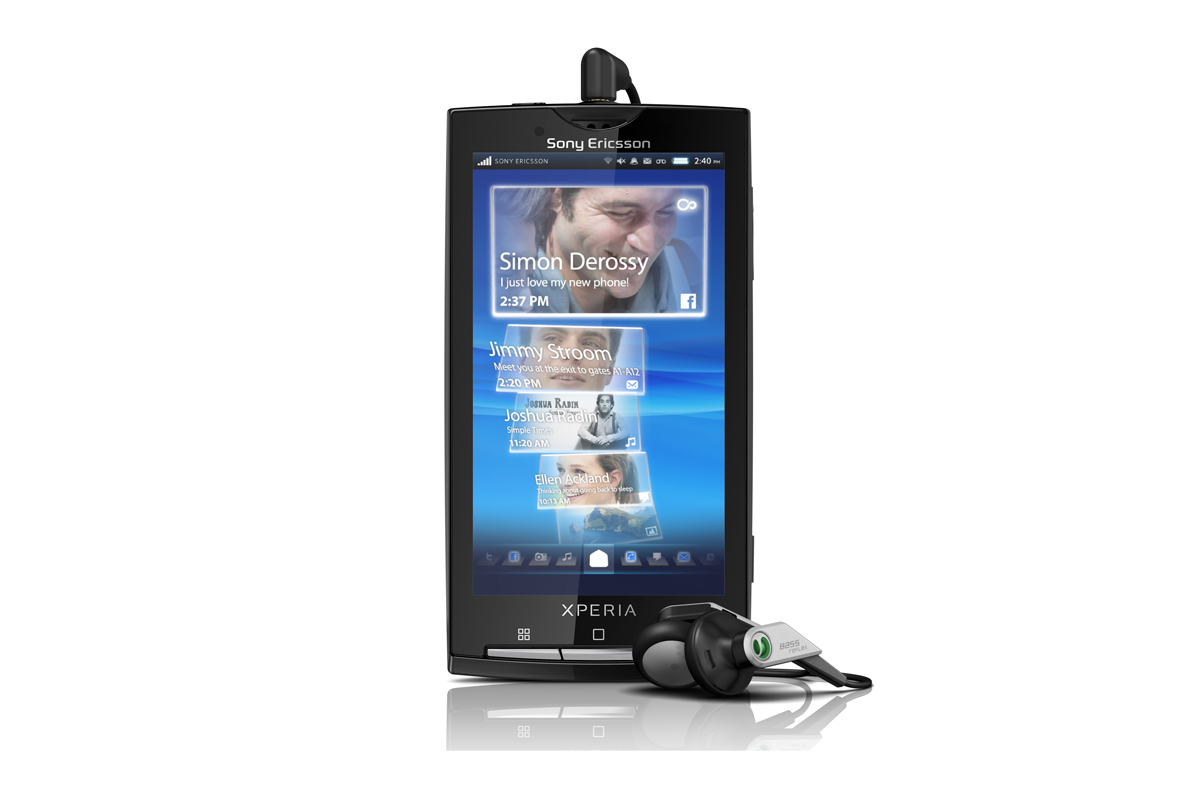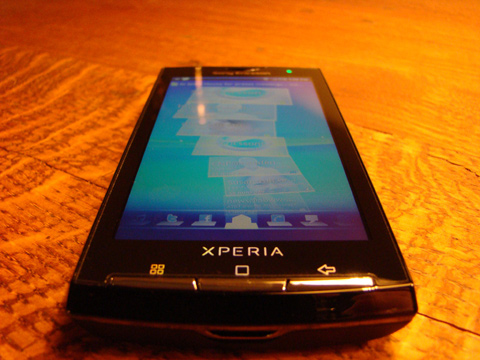Sony Ericsson Xperia X10 review: first look
Ahead of our full review of the Sony Ericsson Xperia X10, we take a first look at how the smartphone shapes up.

The Xperia X10 also features facial recognition and face tagging a la iPhoto. Once you take a picture of someone and tag his or her face, subsequent shots of that person will automatically be tagged and grouped accordingly. Said photo will also be added to the appropriate contact's Timescape page. Photos featuring more than one recognised face will be applied to all relevant contacts, and up to five faces can be recognised in a single photo.
During our brief hands-on with the Xperia X10, we were definitely impressed. In terms of performance, the X10 we played with was a bit slow and boggy, but this is 100 per cent expected when dealing with pre-release software. We're confident that the release version of the OS will be nice and spry thanks to Qualcomm's 1GHz Snapdragon processor. Even with all of the pre-release software lagging however, the Xperia X10 still managed to deliver an impressive user experience.
As anyone familiar with Android will notice immediately, Sony Ericsson has done some serious skinning where the UI is concerned. It really is beautiful. Of note, the look and feel of the user interface will not be unique to the Xperia X10 or even Android phones, as Sony Ericsson product managers explained. The X10 will be the first smartphone to feature Sony Ericsson's new UX, but some future Android and Symbian smartphones will be given the same overhaul.
The crown jewels of Sony Ericsson's UX, for now at least, are the much-touted Timescape and Mediascape applications. These features are deeply integrated into the OS and carry Sony Ericsson's UI forward perfectly.

Get the ITPro daily newsletter
Sign up today and you will receive a free copy of our Future Focus 2025 report - the leading guidance on AI, cybersecurity and other IT challenges as per 700+ senior executives

